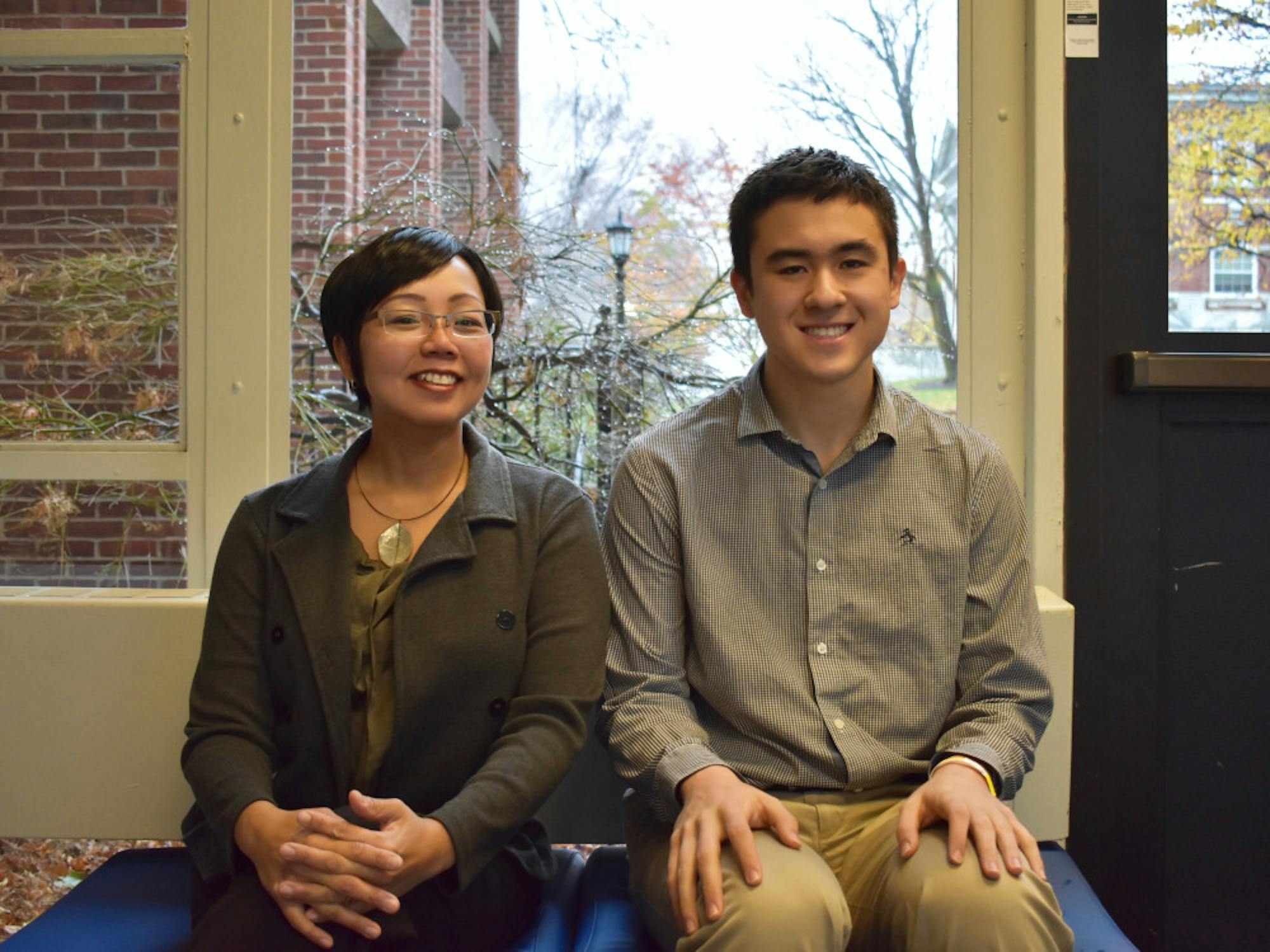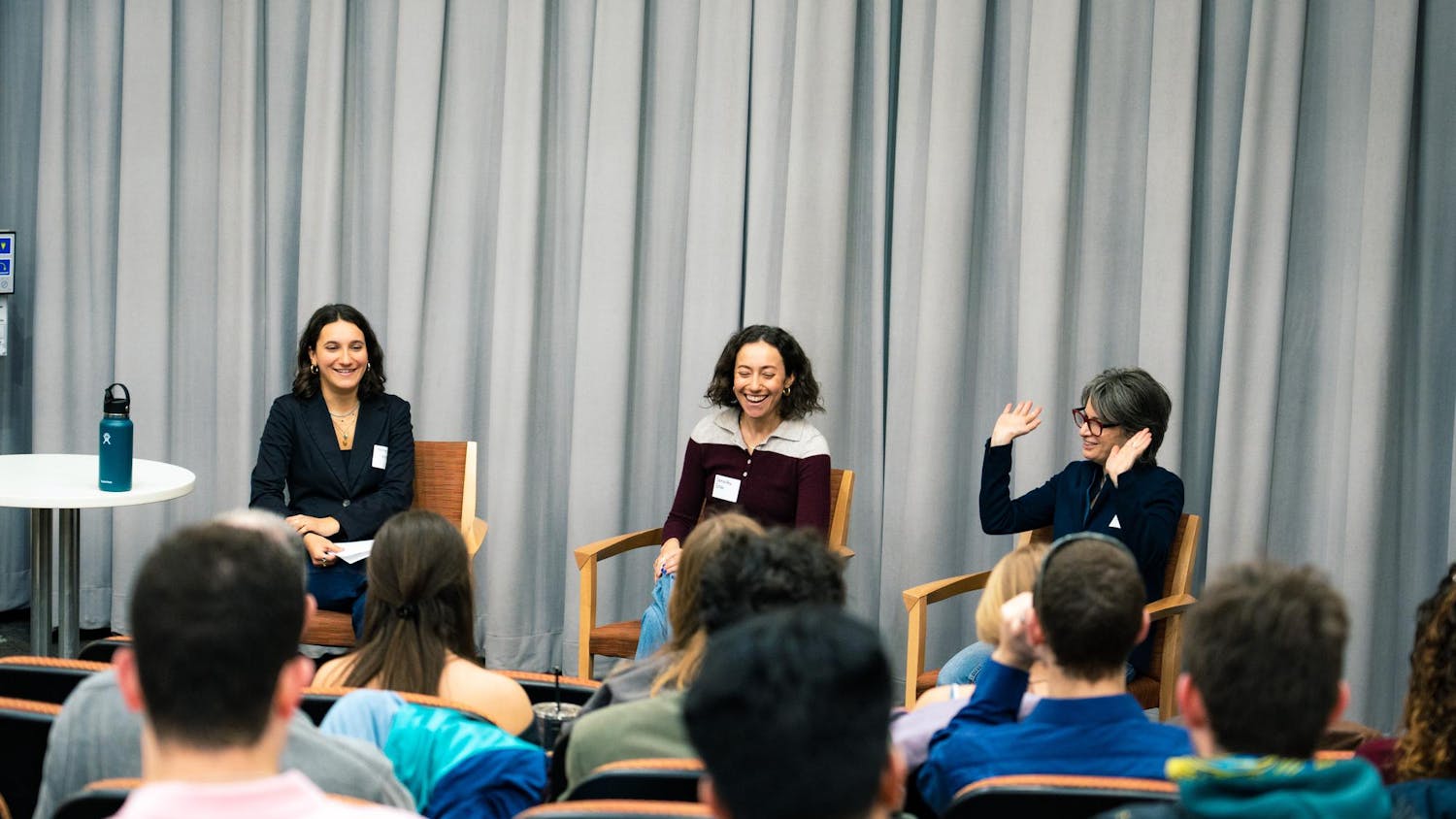Preliminary findings released by the Center for Information Research on Civic Learning and Engagement (CIRCLE) at the Jonathan M. Tisch College of Civic Life show that youth turnout for the 2018 midterm elections increased by 10 percent from the 2014 midterm, according to Kei Kawashima-Ginsberg, director of CIRCLE.
In a call with the media on Nov. 7, she said CIRCLE predicted that 31 percent of youth — defined as those between 18 and 29 years old — voted in the most recent election, up from 21 percent in the last midterm.
Jennifer McAndrew, director of communications, strategy and planning at Tisch College, said that this level of turnout is historic.
“That turnout rate of 31 percent would be the largest one that we've seen since CIRCLE started tracking turnout [with exit polls] in 1994,” she said.
Kawashima-Ginsberg added that the youth vote had a considerable impact on the outcomes of several competitive races, such as Democrat Tony Evers' unseating of incumbent Wisconsin Governor Scott Walker, as well as Democratic senatorial and gubernatorial victories in Nevada, where CIRCLE's report projected youth made up 19 percent of the state's electorate.
Kawashima-Ginsberg noted that these successes are due to the fact that youth, as a whole, supported democratic candidates by more than a two-to-one margin, the largest gap on CIRCLE’s records.
“This is a very very decisive moment where young people’s votes really counted in close and competitive races across the country,” she said. “They had a high share of votes and voted very differently than the older generations.”
Abby Kiesa, director of impact at CIRCLE, said that young people of color were especially crucial in keeping several key races competitive, such as those involving Democratic candidates Stacey Abrams, who ran for governor of Georgia, and Beto O'Rourke, who ran for Senate in Texas. Abrams' race has not yet been called, according to CBS News.
Kiesa attributed a large amount of the spike in youth turnout to more groups than usual reaching out to the younger population leading up to the election.
“We saw a wide range of stakeholders really trying to reach out to young people,” Kiesa said. “It wasn't solely politicos in D.C. trying to target ads at young people. It was social media companies increasing awareness about information about casting ballots and things like that.”
She also said youth reaching out to their peers throughout the year had an impact on increasing civic engagement.
“We really have ended up trying to bust this myth that there's really some sort of magic dust that can be sprinkled on an election that makes young people turn out,” she said. “It's actually a lot of hard work -- a lot of hard work that young people are often doing in communities to reach out to their peers.”
McAndrew noted that an increase of youth activity in politically charged events covered by the media was crucial in getting out the vote efforts.
“We have seen a lot of youth activism and youth engagement in the general media narrative,” she said. “Whether it's [the Marjory Stoneman Douglas High School shooting] or Black Lives Matter, you see a lot of [youths] in the news trying to get other young people engaged and a lot of peer to peer outreach.”
Although young voters turned out in higher numbers than before, so did many other age groups, causing the youth to still make up a similar percentage of the electorate, according to Kiesa. She said that youth made up about 13 percent of the electorate.
“It means that many generations had an influence,” Kiesa said. “In that way it's kind of an unusual election that young people had a huge influence on a midterm election.”
Overall, Kiesa believed that this type of youth turnout has the possibility to change how campaigns target certain constituents.
“I do absolutely think that the youngest voters have really made a statement this year in their engagement,” she said. “Usually we see a gap between the youngest [voters], 18, 19, and 20-year-olds, and the older youth, but we didn’t see that as much this year, which I think could mean something really significant for that group in politics and make politicians speak with them instead of ignoring them.”
CIRCLE and other groups are looking to help keep this level of youth engagement alive. According to McAndrew, CIRCLE is a founding member of 22x20, a group named for the 22 million Americans that will turn 18 by 2020 and focused on elevating the youth’s voice in the media.
“We’re already talking to people about what can happen to really build towards 2020 both in schools [and] in community-based organizations to try to diversify and broaden the youth electorate,” Kiesa said.
CIRCLE predicts historic youth turnout in 2018 midterms

Director Kei Kawashima-Ginsberg and Associate Researcher Kristian Lundberg of the Center for Information Research on Civic Learning and Engagement pose for a portrait in the Jonathan M. Tisch College of Civic Life on Nov. 13.





